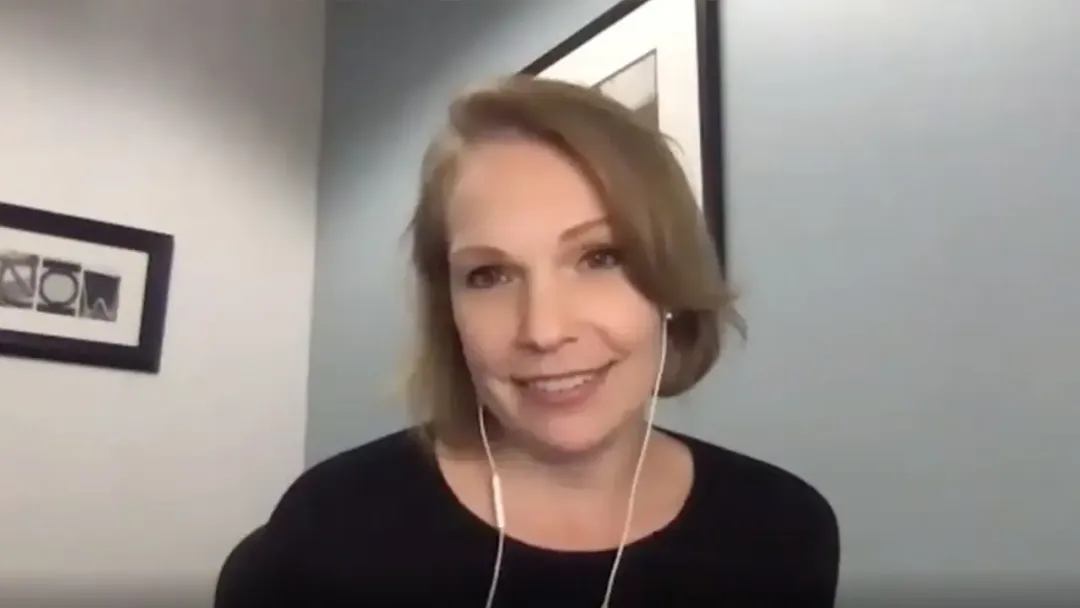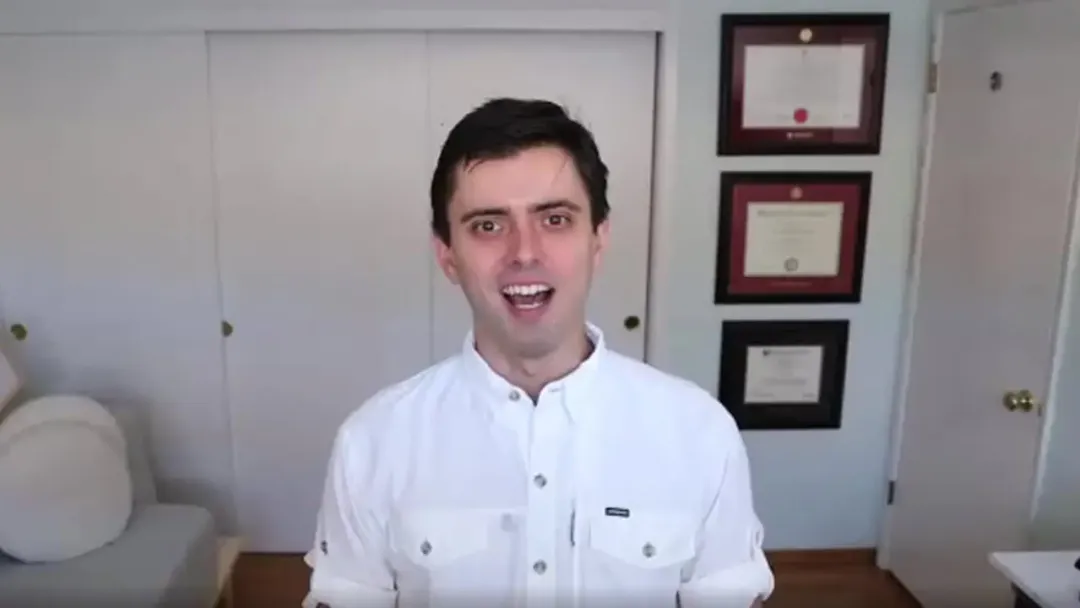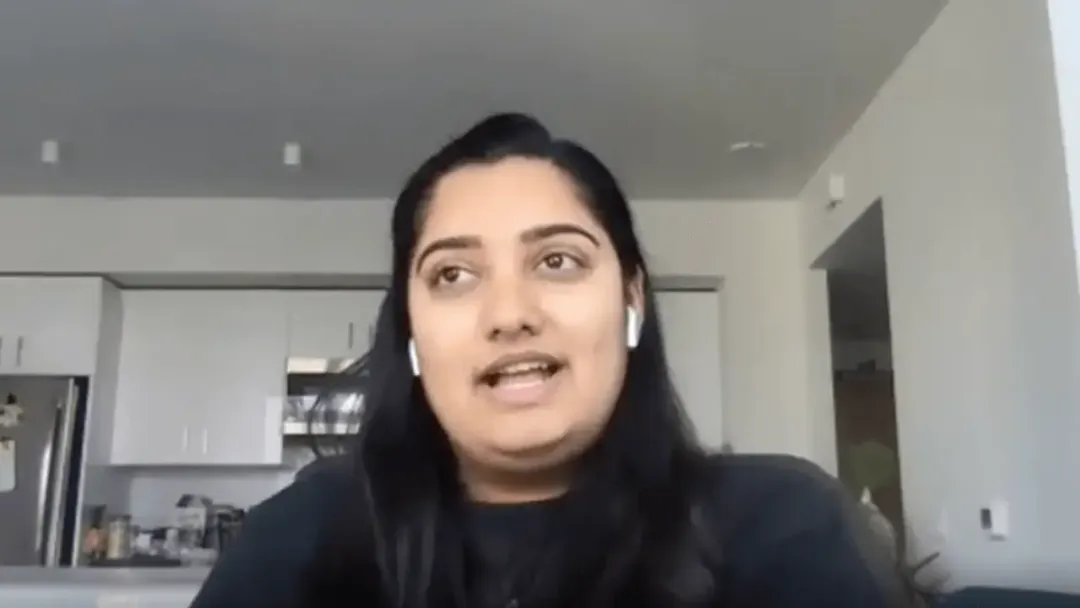KNow Research's Katrina Noelle Builds A Culture of Innovation Into The Research Process
October 2020
·
3 min read

To say 2020 has been a year of upsets and abrupt about-faces would be the understatement of the century. The world has moved online, and as a result, we’ve all been forced to move our human interactions online with it. One positive way to look at these disruptions, however, is through the eyes of an innovator, using them as an opportunity to improve processes, streamline workflows, and implement more efficient technologies to continuously improve our methodologies, business outputs, and (likely now fully remote) professional relationships.
This is precisely what Katrina Noelle, President of KNow Research, decided to do when the global Covid pandemic put a stop to the agency’s physical pop-up insights booths. And luckily for us, she co-hosted our webinar on this exact topic, offering a look at how she and her team not only used the in-person-to-digital shift as an opportunity to innovate their methodology in 2020, but also how they approach innovation at all times across the board:
Moving the Pop-Up Booth from In-Person to Online
So, how specifically did the Covid pandemic impact the teams already-innovative pop-up booth methodology — a spin on more traditional “intercepts” that took them beyond non-retail spaces with physical booths — and how did the team rise to the challenge to not only quickly pivot but also improve that methodology?
Let’s get the rundown directly from Katrina herself:
Always Be Innovating
For Katrina and team, however, consistent innovation is nothing new. In fact, it’s built directly into the culture, encouraging out-of-the-box thinking, inspiring productive iteration, and driving continuous improvement throughout the qualitative research process.
As Katrina noted during her presentation, “It shouldn’t necessarily take a pandemic to have us examine what we’re doing, and figure what new, better, different [things] we could do.”
But to help us understand the why behind taking on more innovative approaches, it’s important to first take a step back to remember what our key objectives as researchers really are:
1. Conduct quality research ✓
2. Create engaging experiences ✓
3. Deliver impactful results ✓
An innovative mindset helps us accomplish all three of these goals because it ultimately leads to the questions and experiments that optimize our processes, tools, and curated experiences.
In the highlight clip below, Katrina also reminds us that just because you spent time testing something out doesn’t mean you have to implement it — testing and learning are the most important things to keep in mind here, and if a hypothesis doesn’t pan out, it’s okay to cut your losses and move on to try something else. For most of us, though, this is easier said than done. Here’s Katrina’s advice for how to build that culture of innovation into your own research process, in 2020 and beyond:
Katrina’s Top 3 Tips: How to Successfully Transition to a Remote Research Practice
What are Katrina’s top tips for researchers who’ve had to transition their research from in-person to remote?
-
Stay Organized: As an example, Katrina and team rely on fairly strict naming conventions to ensure their research data is easy to locate and understand in a sea of files stored online.
-
Take Your Digital Toolkit for a Test Drive: Don’t wait until you need a digital solution to learn how to use it. Get your hands dirty with the tools you’ll be using before your remote research project kicks off so you’re ready to rock when you meet your participants online.
-
Learn How Your Strengths and Weaknesses Translate in a Digital Environment: A fully-remote environment is simply different than a physical one, and not all of your skills will translate in a straightforward way. Get to know where and how you excel in the online research world, and where you might need to put in some extra time and effort (or bring in some help!) to bridge the gaps.
“Video is Here ― It Is Here to Stay.”
One of the crucial innovations behind KNow Research’s success has been the implementation of video in relaying research insights to clients. Video becomes “the feather in your cap,” as Katrina puts it — “A better way of telling your story.” And while she admits that there have traditionally been some roadblocks that have prevented researchers from regularly working with video — taking up too much time, for instance, or imposing file sizes — she also believes that video is vastly more powerful than any other medium in bringing research data to life.
Reduct.Video Takes the Roadblocks Out of Video Editing for the KNow Research Team
Interested in learning more about how Reduct.Video can help you innovate and up-level your own research initiatives? Get in touch with our team or get up and running on your own with a free trial.
Let us know if you’d like to access the full webinar and we’ll send the recording your way!


